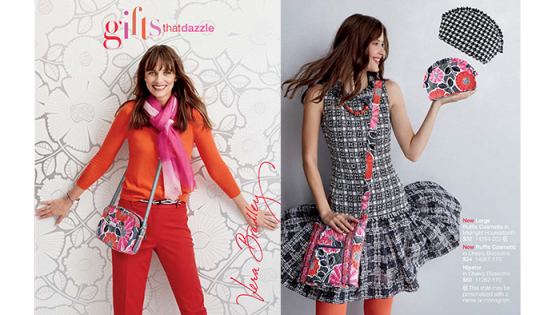 The doorstop – that’s what we called the huge “wish books” that hung around our kitchen table every holiday season. We’d pour over those pages, dog-earing the good stuff and making our lists for Christmas.
The doorstop – that’s what we called the huge “wish books” that hung around our kitchen table every holiday season. We’d pour over those pages, dog-earing the good stuff and making our lists for Christmas.
Those days of 1,000-page catalogs have come and gone, but the modern day catalog remains a critical part of retail marketing.
“In a survey conducted by Kurt Salmon, a global management consulting firm, a mind blowing 86% of women in the retail darling age range of 18 to 30 say they have bought an item after seeing it in a catalog,” notes this article in Workfront. “Powerful evidence like this is one of the reasons retailers are migrating back toward print catalogs as part of their marketing strategy. Catalogs engage the reader and prompt them to begin the buyer’s journey.”
These new style catalogs are both smarter (driven by consumer data) and more economical (thanks to advances in printing and production capabilities). The result is a new iteration of the old direct mail standby that is innovative, less expensive and highly relevant to the recipient.
And while catalogs today are incredibly effective sales tools, they offer much more than a listing of products.
“Consumers buy from a brand, and the catalog has proved to be a powerful branding tool,” the article continues. “It’s estimated 31% of shoppers look through a catalog even when they complete their purchase online. Leafing through a catalog brings a different shopping experience to the customer than simply browsing a website and this feeling creates customer loyalty.”
What’s different about catalogs today? “These days, retailers are employing devices like adventure tales and photo spreads of wildlife to catch a shopper’s eye, hoping to secure purchases online or in a store,” Paul Swinand of Morningstar told Rebecca Ruiz of the New York Times.
Catalogs aren’t so much making a comeback as making an entirely new genre of publication, the brand lifestyle book that serves as a compelling storyboard for the brand’s products. They are designed to encourage lingering in our sound-bite age, which gives the audience time to build a relationship with your brand.
“As retailers continue to explore the channels that reach their customers, the balance may switch back and forth from print to online assets to traditional in-store selling,” the article concludes. “The catalog, however, is most likely here to stay in some capacity. It may be a little smaller and arrive in more targeted mailboxes, but it will remain a major player in profitably marketing to consumers for a long time.”

December 12, 2019, 8:18 am